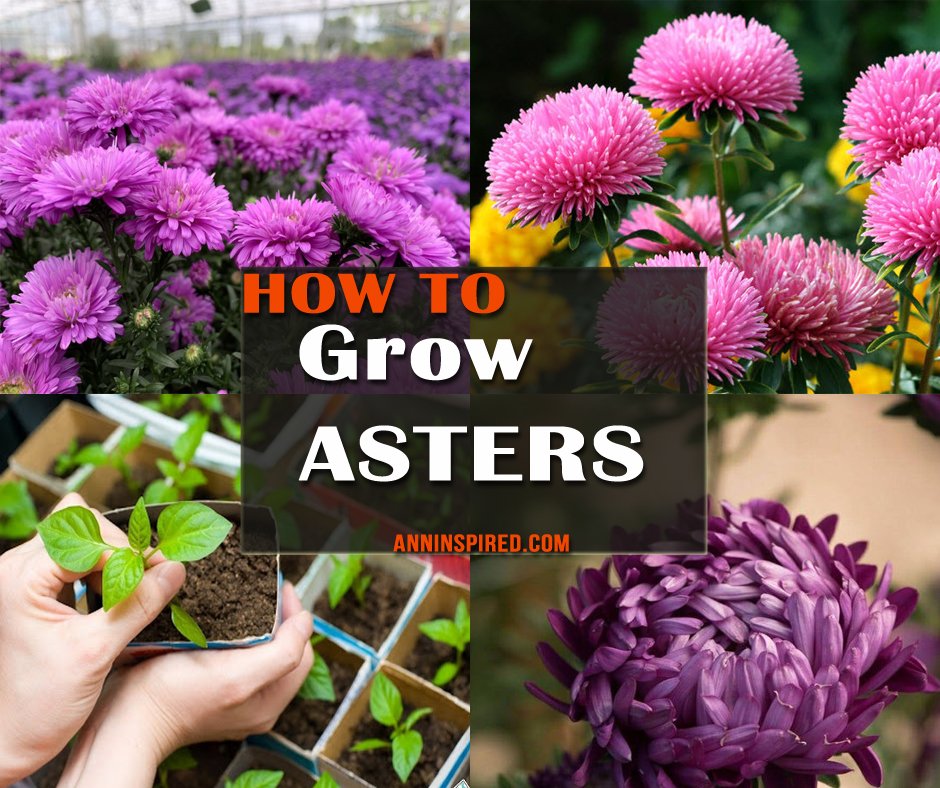
Asters are stunning flowers that look like chrysanthemums. There are larger flowers with pronounced lateral reed flowers. There are types with tubular petals of purple, crimson, yellow and other colors. Also, flowers can be large or small (fluffy).
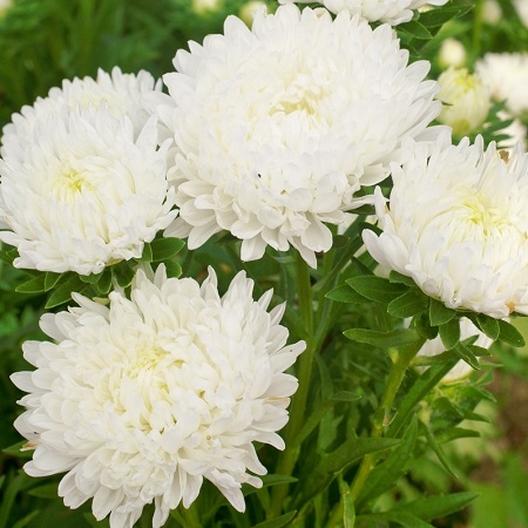
Breeders have created many varieties and subspecies of various colors. There are solid and multi-colored asters. If you are thinking about how to grow asters, then I will offer several options and share useful tips.
Varieties of Asters
Many sources say that there are about 200 types of asters. But now you can also find unique hybrids, so we can say that there are about 500 species of these flowers. Each of them differs in size, color and shape.
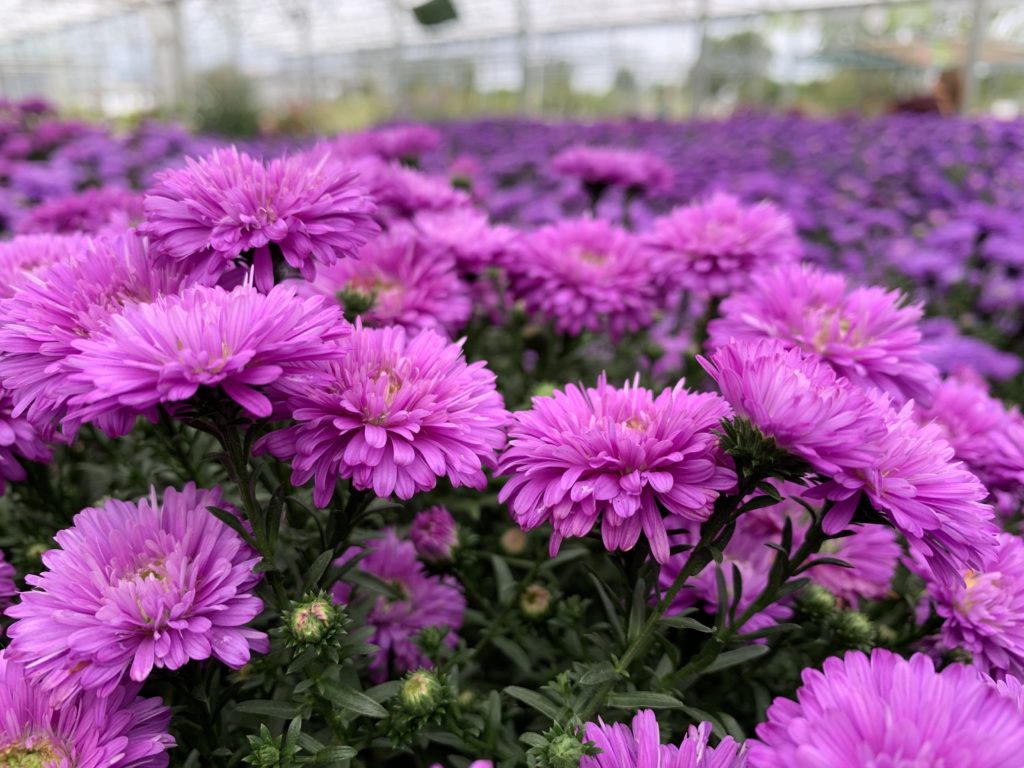
One thing remains unchanged – the shape of the flower. It is easy to confuse it with chrysanthemums because they have a three-step petal shape and a brighter aroma. The most popular types of asters that are preferred by many modern gardeners are:
- Peony type;
- New Belgian subspecies;
- Alpine aster;
- Italian species (Aster Azureus);
- Clear-leaved aster;
- Shrub type;
- New England subspecies;
- Class Pompon;
- American type;
- Class Duchess;
- Bouquet subspecies.
These plants are often used for garden and house decoration. Their height can be up to 80 cm, but there are also small types (up to 40 cm).
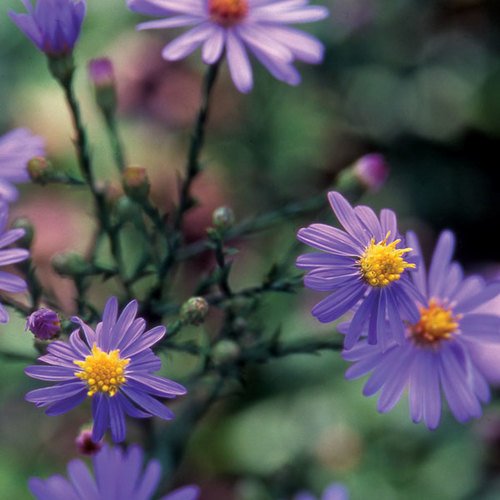
Gold and Snow White kinds can be grown in portable pots. You can put them on the veranda, balcony, porch or terrace.

There is also a Tibetan undersized aster that can be grown even in an apartment. The October class is also popular, but it is an annual type. You may find the suitable place for growing asters inside your home, or create flower arrangements in different colors and heights in your backyard.
How to Plant Asters
If you have already prepared the seedlings, then the best time to transplant into the ground is April (or May, depending on the type). The seedlings should not be very small, wait until 4 leaves appear there. You can also take seeds and put them in the soil after frost and snow.
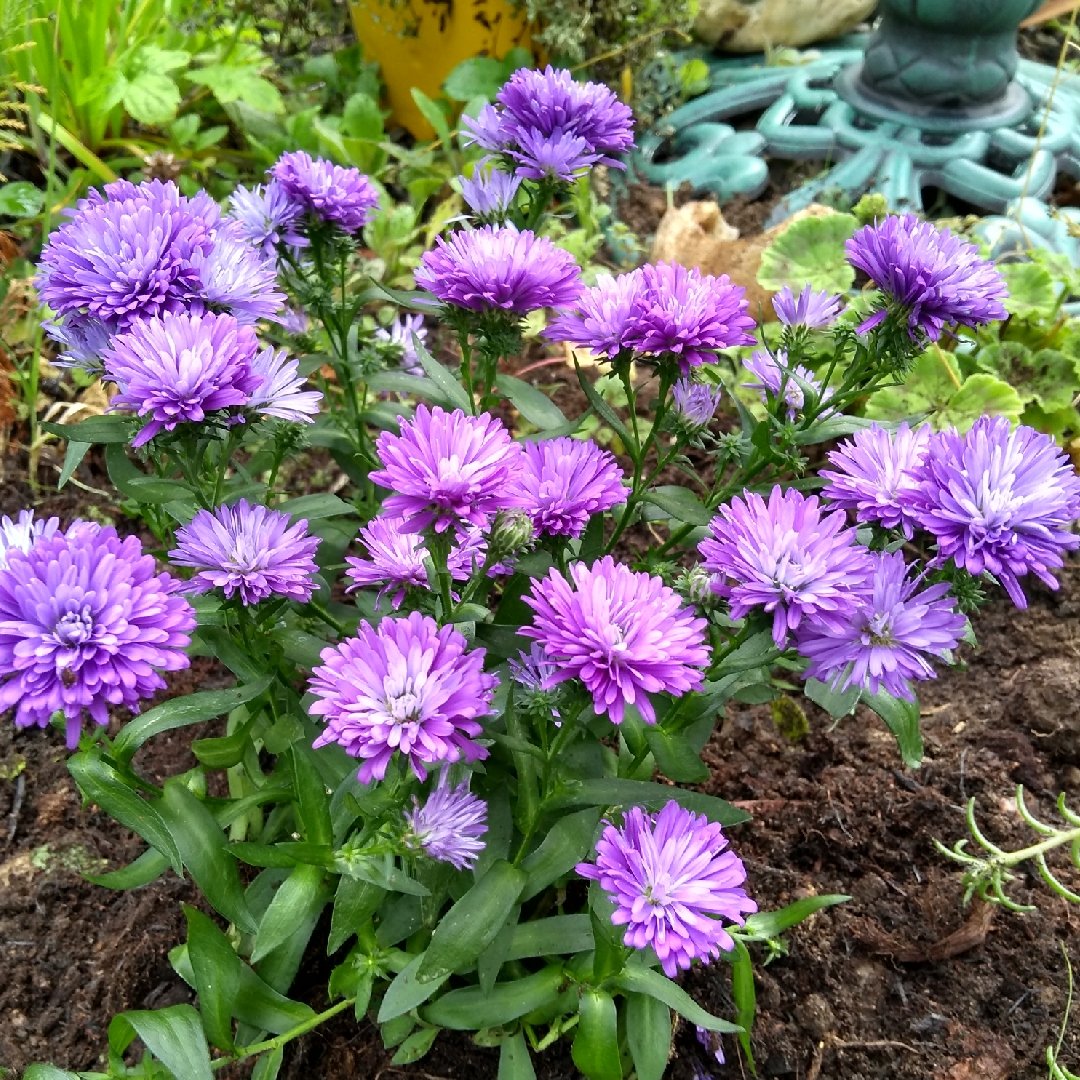
More experienced gardeners advise to put the seeds in cheesecloth with a weak solution of potassium permanganate. Of course, you can not do this, but it will protect the plants from possible diseases (they will bloom later).

The active growth of asters requires a lot of moisture, but this should be done in moderation so that the roots do not rot. Such flowers are very susceptible to various diseases and are attractive to pests.
Easy Steps to Grow Asters
To make it easier for you to grow amazing asters, you need to follow simple rules for planting and growing.

To begin with, we will talk about the soil – add a little humus or compost there. Definitely, this will help seedlings (but not manure).

Also, you’d better sign different varieties because I advise using high ones for bouquets and low ones for decorating flower beds. It is also better to put the seedlings in the ground in the evening and water them a little. Nice to make bright landscaping asters with marigold flowers.
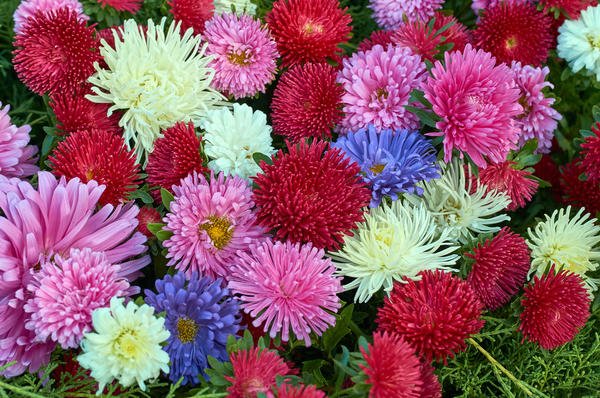
I also read about planting seeds in the autumn, but this shifts the flowering time (for almost 2 weeks). If you have dry summers, you will need to water the asters frequently. In my opinion, it would be better to put sawdust or hay under the plants to retain moisture.
When to Save Asters Seed
You can purchase seeds at any time, it is important to store them correctly. If you plan growing asters, prepare their seeds.

Undoubtedly, it is better to choose a dry but slightly cool place (12-15 degrees). It is impossible to store in the kitchen because there are frequent temperature changes. I do not recommend the bathroom because there is frequent moisture. For storage, take a paper bag because polyethylene will not allow air to pass through.
Thank you, my dear for this reading!
